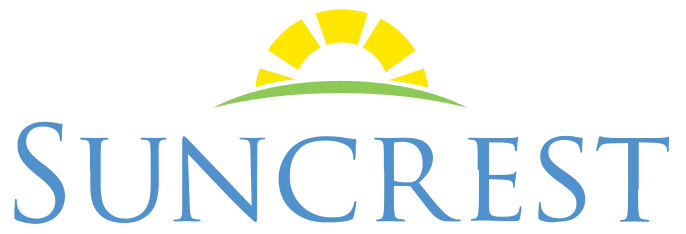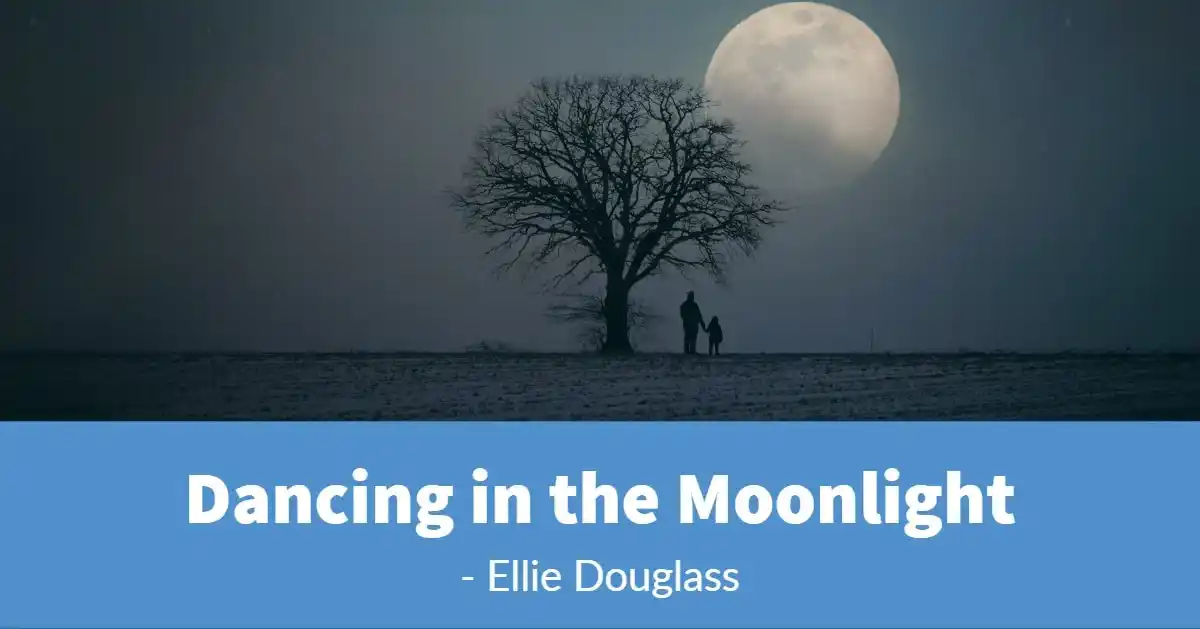I walk into the room of an elderly man who is only days from death. It is our first time meeting. He is lying in bed with his head propped up, and I cannot help but notice his delicate frame and pallid skin. Even so, he turns to greet me with piercing blue eyes and a warm smile. I kneel down next to him and he opens his palm to take my hand. His hand is much warmer than mine.
“Hi Rudy, I’ve come to visit you today, to see how you are and to get to know you,” I say, introducing myself.
Rudy opens his eyes wide and says with considerable charm, “Well, I was a wonderful dancer.” Before I can respond, he continues on, more softly, “The moonlight.” Rudy reaches his hands out, toward the ceiling, repeating with a whisper, “The moonlight.” It is 11 o’clock in the morning.
There is a poetic, sacred mystery to Rudy’s words. I use poetic symbolism often in my work as a hospice chaplain, as a means to navigate the precious mystery of those nearing the end of life. So I ask Rudy, “Did you dance in the moonlight?” He turns and grins, “Yes,” while squeezing my hand tighter.
“Rudy rode the range as a cowboy all his life in Montana”
I later learned that Rudy rode the range as a cowboy all his life in the state of Montana. He must have had many nights under that vast Montana, starry sky—maybe even nights of dancing in the moonlight. Now at the end of Rudy’s life, despite his fatigue and discomfort, I see him connecting to moments of freedom and joy.
As a hospice chaplain, I am fortunate enough to see and feel the sacred symbolism that arises at death’s door. Whether I witness the wordlessness of transition, feel the immense importance of holding someone’s hand, or speak with a Montana cowboy who is imagining the moonlight shining in his bedroom, symbolism is ever-present in these sacred places where one foot is in another world, where the body, mind, and spirit are beginning to let go.
“If we tune in, we can relax into any fear and see that freedom is already present there.”
I have come to appreciate those who can view both life and death as inherently sacred and beautiful, because I have found in my role as a hospice chaplain, there is simply no other way to view it. Despite our cultural attitude toward end of life, I see that there is beauty present in death; in sorrow; and in letting go. There is beauty in being human, and grieving the ones who have died. After all, at the root of everything, we find compassion and love.
I also often see connections between my time spent serving people nearing the end of life and more universal symbols. The moon, for example, is seen in many cultures and religions as a significant and profound symbol, for the brilliance of God, consciousness, and awakening. The moon symbolizes immortality, but also the reality of growth and death. In times of fear and anxiety, the moon shines in unknown territory, providing cool peace and tranquility. At death’s door, we meet fear. We meet the quiet, uncertainty of night. Yet, with a life well-lived, we can embrace death with a welcoming release. We can all dance in the moonlight.
Other symbols can help, too. Across the Colorado Front Range, the region where I make my visits, there are many high mountains. The mountains can invite us to reflect on the feeling of summiting a tall mountain, when we can no longer see anything higher than us. For a moment, we have no reference point to depend on—will a sense of fear or expansive freedom arise?
If we tune in, we can relax into any fear and see that freedom is already present there. Beyond fear there exists a still center, where one can experience the freedom of space in the absence of a clear reference point. In both life and in death we continuously face moments like this, moments of uncertainty and change. In this way, a loved one at the end of life provides countless reminders about the preciousness of our human life, and, from them, an invitation to live fully and with greater appreciation.
When Rudy died, I envisioned that he went dancing fearlessly into the moonlight, welcoming the change and trusting the brilliance of the unknown. As I reflect on my time with Rudy, his words guide me to have trust in the ever-present light in the darkness, the encompassing love and compassion of the unknown, and the faithful moon in the night. I believe the moon profoundly reflects the dying process; an entering into the darkness more consciously; a meeting with the brilliant, moon-like luminosity of death. The moon shines and reminds us of the precious reality of change, and the potential for finding our way through the dark night. When we can both honor our fears and connect to something bigger, we can experience the freedom of death—or as Rudy might say, the freedom of dancing in the moonlight.
Sold Out hospice stories on our hospice blog
Please feel free to contact us with any questions regarding hospice care


